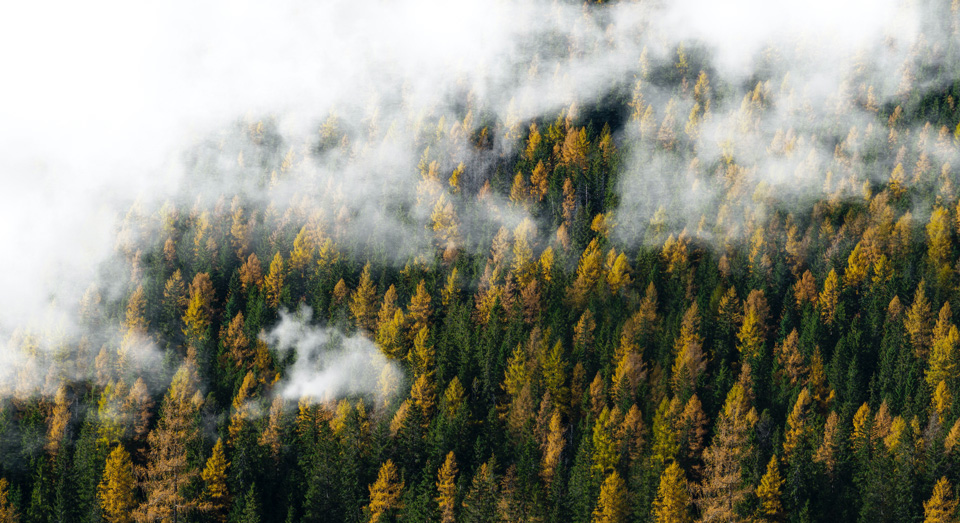
Since time immemorial, nature has been our greatest teacher. The patterns existing within and between complex and distinct systems speak volumes about how to create thriving teams. Indeed when we look to nature for inspiration on how to lead, we see the very foundation of any ecosystem is reciprocity, a willingness to share, to give and to play your role with the talents you’ve been given. Reciprocity embeds a sharing of resources – information, energy, tools – without ego but rather with the whole community in mind.
Looking to nature as our mentor is not new knowledge. Around the world, Indigenous and First Nations peoples have remained strong and thriving through this humble wisdom for thousands of years. Despite the continuous capital colonisation within and surrounding Indigenous territories, Indigenous cultures remain embedded with the understanding that we are not separate from any living thing; we are nature. Sadly it is us – the non-Indigenous, the corporate leaders and the mainstream educators – who have forgotten.
How often do you make time to stand amongst the trees?
Looking up at their bends and healing wounds, do you wonder about their journeys?
About their connections to this place?
About how together, within any forest, all trees seem to thrive?
Many leadership lessons can be learnt outside of a classroom and from underneath any tree. As Peter Wohelleben’s research demonstrates, one of the most incredible similarities between humans and trees is that we need and use communication to ensure our communities thrive. To know that this is true, we only have to look at a Rainforest and how the largest and strongest tree has roots that stretch deep into the soil beyond the limits of its own ground to ensure the younger, less experienced trees alongside it can also benefit from its timeless strength. We can see similar reflections when we look at healthy team collaborations. In these teams, connections generally go beyond the work tasks and the office environment because they have invested in the roots of who each of them are as individuals, and in so doing, they have grown a strong foundation with which to weather the storms or conflicts that threaten to throw them off balance.
But trees know that strong, connected roots themselves are not enough to ensure every member thrives. A critical part of any thriving team is not just the lines of communication that matter but also the way in which we communicate with each other.
Trees have embraced the power of vulnerability. When they are under threat they let their neighbours know and thus invite them to provide support and assistance, which helps to regain their strength. It doesn’t matter if the threat is an external element occurring without their control, like a bug infestation or a problem they are facing closer to home like a lack of nutrients in their soil; when in distress, they reach out to their community for support. They are leaders in vulnerability.
We know that teams thrive when communication is open, honest and collaborative. Despite this, in work cultures, we often forget to show up as our true, honest and vulnerable selves. As leaders, we must ask, how does this impede the growth of our team roots? How does this stifle open, honest and collaborative communication?
Embracing vulnerability is a leadership challenge that requires trust. As team and community leaders, we have an opportunity to embrace vulnerability as a core trait of effective and honest communication, but how do we start? First, we must turn to our truest teacher, nature and admit that we have much to learn.
An ecosystem as large and ever-changing as the Amazon Jungle shows that diverse teams can come together united under a guiding star – to live. For the animals, the insects, the fish and the many Indigenous peoples to thrive together, they must trust in each other and the systems’ strength. Each individual part in isolation could not survive. The fish alone could not live fully without the Indigenous communities that depend on them for their survival. The dung beetles could not build communities without the humans providing sustenance. These communities come together, trusting in each other’s commitment to the Jungle and through this trust, together, they create a thriving ecosystem.
Importantly, there are two lessons these thriving ecosystems can teach us… the first is that to get trust, you must give it. There is never any guarantee on the outcome but without trust, communities cannot be reciprocal in their intentions. The second lesson is that we must know, invest in and trust our role within the system. This requires us to know our strengths, as well as our weaknesses and limits. In doing so, it requires us to be constantly open to learning and unlearning from others in the system. In the Galapagos Islands, not too far from the Amazon Jungle that I speak of, Darwin found this to be true, claiming it as evolution.
As community leaders working in education, we have a responsibility to keep evolving. Opening ourselves to learn from others, just as we can learn from trees, is critical if we are to transform the system from within. In this journey, to co-create a better future, we must remember to keep looking around as well as within. How can we slow down and invest in our roots? How can we stop, as an individual and as teams, and smell the roses while also learning reciprocity from the bees?
If we open ourselves to honest and vulnerable conversations with the natural world around us, we may find the tools to truly co-create a future of thrive.


